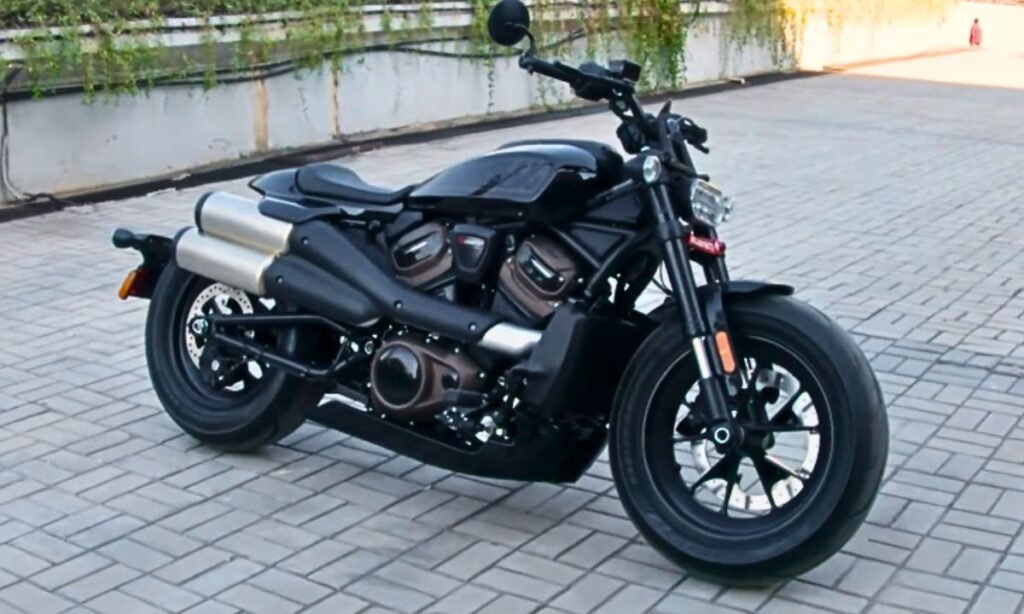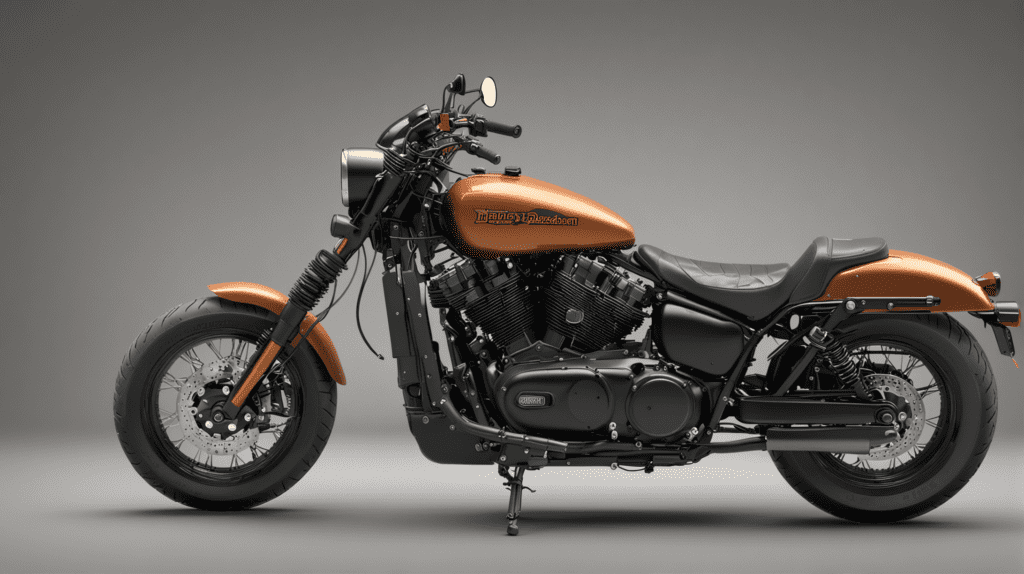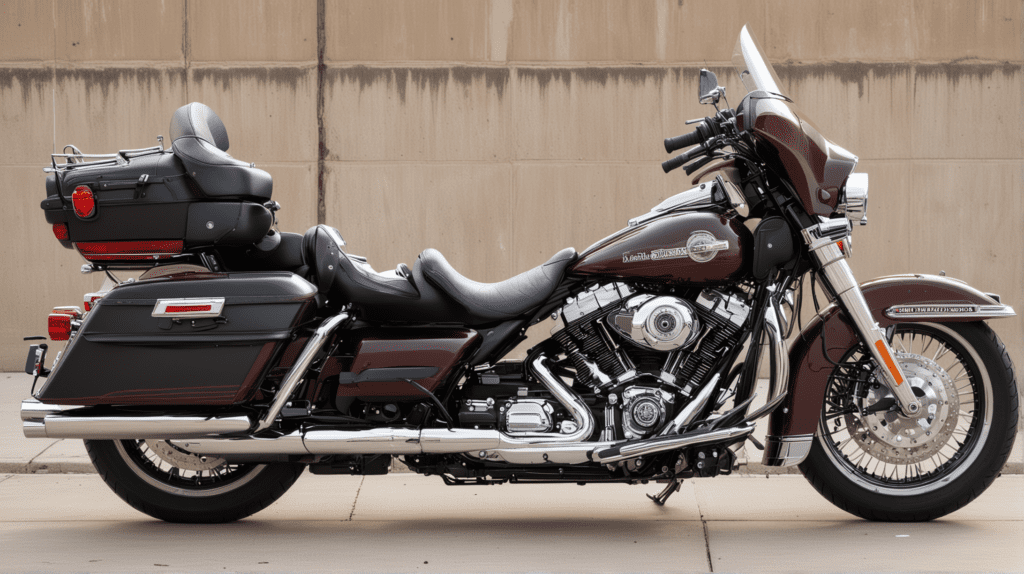In the realm of motorcycling, Harley Davidson stands as a hallmark of power, speed, and style.
However, even this industry titan is not immune to mechanical issues. One such concern that has gained attention among Harley enthusiasts is the ETC problems.
In this article, we will dive into these issues and understand the problem, its impact, and potential solutions.
Harley Davidson Electronic Throttle Control Problems
This system, designed to replace manual throttle cables, has been known to malfunction, leading to serious safety concerns.
Riders may experience erratic throttle responses, where the motorcycle doesn’t accelerate as expected or where it accelerates suddenly and without warning.
In some cases, the throttle can stick, causing the motorcycle to continue moving forward even when the rider isn’t applying any pressure to the throttle.
The problem is often intermittent, which can leave riders surprised by sudden changes in speed.

1. Limited Performance Mode
Limited Performance Mode in Harley motorcycles is a safety mechanism that throttles down the performance of the motorcycle when a significant issue is detected in the ETC.
This model is designed to prevent further damage to the motorcycle and promote rider safety.
When the system enters the Limited Performance Mode, you will notice a considerable reduction in power, and the check engine light will illuminate.
It’s crucial to mention that only certain conditions cause the bike to go into this mode. These could be a faulty throttle position sensor, ECM issues, or even a wiring problem.
If your motorcycle enters the Limited Performance Mode, it’s advisable to safely pull over and turn off the bike. Restarting might reset the mode and allow you to reach a service station.
However, if the problem persists and the mode re-engages, it’s a signal that you need immediate professional help.
2. Power Management Mode
The Power Management Mode is a critical feature that controls the Electronic Throttle Control (ETC). When you turn your motorcycle on, the system performs a self-diagnostic check.
If there’s a problem detected within the ETC, the motorcycle automatically switches to the Power Management Mode, also known as “Limp Mode.”
Limp mode is a safety feature designed to protect the engine and the rider.
In this mode, the throttle response is dialled down, and the engine’s power output is significantly reduced.
This allows you to “limp” your bike to a nearby service station for repairs, but the performance will be noticeably sluggish.
To exit Limp Mode and restore normal power levels, you need to rectify the issue causing the ETC problem.
This could be anything from a loose connection or a malfunctioning sensor to a glitch in the ECU.
After identifying and fixing the issue through detailed diagnostic procedures, you should be able to exit Power Management Mode by turning off the engine and restarting it.
3. Forced Shutdown Mode
Harley Davidson motorcycles are equipped with an ETC system, replacing traditional mechanical cable systems with electronically controlled ones.
However, this advanced system can sometimes encounter issues, one of which includes the motorcycle going into a forced shutdown mode.
The forced shutdown mode is essentially a safety feature triggered by the ETC when it detects a significant malfunction.
Harley Davidson’s ETC system monitors the throttle’s performance in real-time and if it recognizes a severe irregularity.
It forces the motorbike into shutdown mode to prevent any potential damage or hazardous riding conditions.
To navigate this situation, first, make sure your motorcycle is in a safe location away from traffic, then turn off the ignition.
Next, wait a few minutes to allow the system to reset. After a brief pause, turn the ignition back on.
If the issues persist, it’s recommended that you seek assistance from a professional mechanic.
4. Stuck Throttle
A prevalent issue with the motorcycles is the occurrence of a stuck throttle, specifically within the ETC system. This situation can be potentially dangerous, causing uncontrolled acceleration.
The ETC system is designed to supersede traditional mechanical cables, offering precise throttle control.
When functioning correctly, it provides smoother idling and optimal fuel efficiency. However, if the ETC system malfunctions or the throttle gets stuck, you may lose control.
The problem can stem from various causes, including sensor failure, a glitch in the ETC software, or even physical obstructions in the throttle body.
To resolve this issue, start by visually inspecting the throttle body for any visible obstructions or debris.
If the problem is software-related, a system reboot might help; simply turn off the motorcycle, wait for a few minutes, and then restart it.
If the problem persists, the issue may be within the faulty sensor. In this case, professional help is necessary.
5. Throttle Position Sensor Issue
One of the prominent issues users experience with the ETC system is related to the Throttle Position Sensor (TPS).
The TPS is a key component that communicates the throttle’s position to the motorcycle’s engine control unit (ECU).
It is essentially a type of potentiometer that transforms the throttle position into output voltage, allowing the ECU to understand the throttle’s position and adjust engine ignition and fuel injection.
When the TPS malfunctions, the ECU might receive incorrect information, leading to irregularities in engine performance.
Symptoms of a faulty TPS can include erratic idle, sudden stalling, difficulty in acceleration, or a decrease in fuel efficiency.
To address this issue, follow these steps:
- Use a diagnostic tool to confirm the problem. Connect the tool to your motorcycle’s OBD-II port and look for any error codes related to the TPS.
- Carefully inspect the TPS for any physical damage. Look for signs of wear, corrosion, or loose connections.
- If the TPS is indeed faulty, it may need to be replaced. Make sure to purchase a quality, original part matching your motorcycle’s make and model.
- Install the new TPS carefully, ensuring all connections are secure. Follow the manufacturer’s instructions for correct installation.
- After installation, the TPS may need to be calibrated. You can do this using a dedicated tool or by following a set of specific procedures outlined in your motorcycle’s manual.
- Once installed and calibrated, take a test ride to ensure the problem has been addressed.
How Can You Replace an ETC on Your Harley Davidson?
Replacing the Electronic Throttle Control (ETC) is a manageable task that can be accomplished with a bit of mechanical knowledge.
Here is what you can do:
- Ensure you have a proper tool kit. This should include metric wrenches, a screwdriver, pliers, and a new ETC unit.
- The ETC is typically located on the right side of the bike’s handlebar. You may need to remove the handlebar cover using your screwdriver to access it.
- Use your pliers to disconnect the ETC. Be careful not to damage any wiring.
- Once disconnected, use your wrench to remove the ETC. Keep track of any screws or bolts, as you will need these to install the new unit.
- Take your new ETC and place it in the same location as the old one. Use your wrench to tighten it into place.
- Reconnect the wires to the new ETC using your pliers, ensuring all connections are secure.
- Start the bike and test the throttle to ensure the new ETC is functioning correctly.
- Once you’re confident that everything is in working order, reinstall the handlebar cover.
Can You Reset the Electronic Throttle Control?
Yes, you can reset the Electronic Throttle Control (ETC) system on your vehicle. The most common way to reset the ETC is by using an OBD2 scanner.
However, a manual reset can also be done by turning on the ignition without starting the engine, slowly pressing the accelerator pedal to the floor, and then slowly releasing it.
This procedure is repeated several times before starting the engine.
Will Disconnect the Battery Reset the Throttle Position Sensor?
Disconnecting the battery may theoretically reset the Throttle Position Sensor (TPS), but it’s not a recommended or efficient method.
The TPS monitors the position of the throttle valve, which regulates how much air is supplied to the engine.
When you disconnect the battery, the ECM (Engine Control Module) may lose its calibrated settings, including TPS data, and revert to default factory settings.
However, the TPS is often designed to hold its calibration through power disruptions.
If a TPS is malfunctioning, the best course of action is to diagnose and fix the issue directly, possibly with a replacement, rather than trying to reset it by disconnecting the battery.


Talha Younas, the brains behind the influential motorcycle-focused website, TwoWheller.com, is a dedicated and passionate advocate for biking culture. Born and raised in a family of motorcycle enthusiasts, his love for two-wheeled transportation was ignited at an early age. His commitment to providing in-depth reviews and helpful tips for riders has established him as a respected figure in the motorcycle community.

